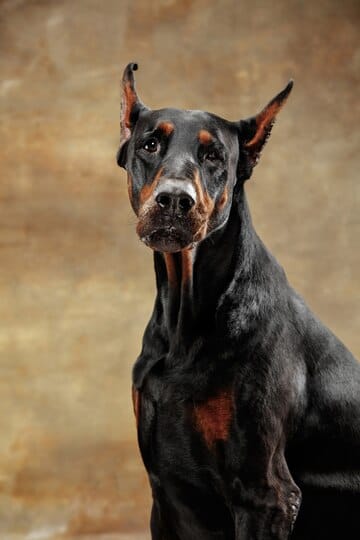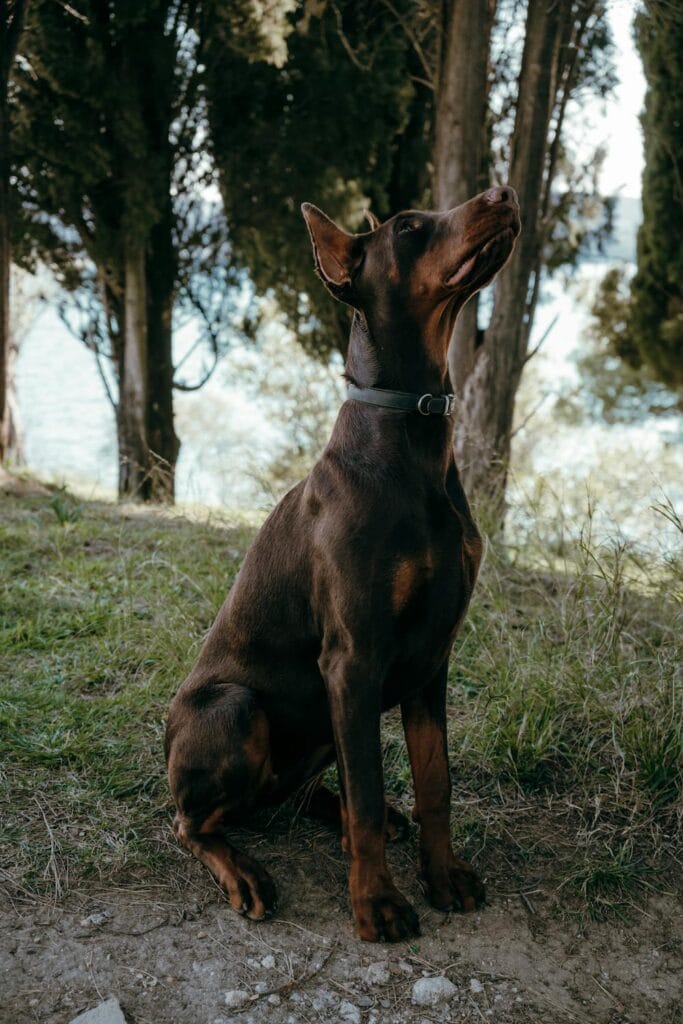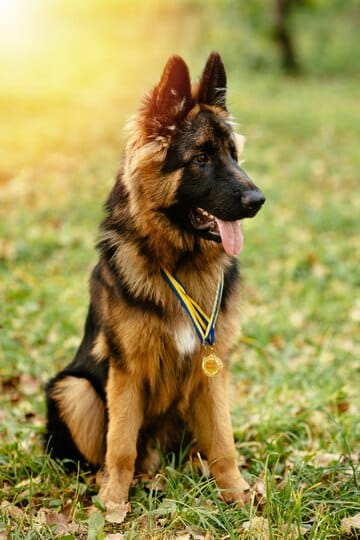- 🌍 Introduction: Understanding the Kangal Dog
- 🏞️ Breed Origins: A Legacy of Protection
- 💪 Physical Characteristics: Nature’s Perfect Guardian
- 🧠 Temperament: Beyond the Dangerous Reputation
- 🚨 Safety Considerations: Managing Potential Risks
- 🏆 Comparative Dog Breed Safety Analysis
- 🌈 Training and Socialization: The Key to a Balanced Kangal
- 🧐 Expert Insights
- ❓ Frequently Asked Questions
- 🌟 Conclusion: Understanding Creates Respect
🌍 Introduction: Understanding the Kangal Dog
Kangal dogs are more than just another breed – they’re living legends with a rich history of protection and guardianship. Native to Turkey, these magnificent canines have been misunderstood by many, often labeled as “dangerous” without a nuanced understanding of their complex nature.
🔍 Quick Kangal Dog Facts
| Characteristic | Details |
|---|---|
| Origin | Turkey (Sivas Region) |
| Size | Large (90-145 lbs) |
| Primary Purpose | Livestock Guardian |
| Temperament | Protective, Calm, Intelligent |
| Bite Force | Strongest among dog breeds (743 PSI) |
🏞️ Breed Origins: A Legacy of Protection
The Kangal’s story begins in the Sivas region of Central Anatolia, Turkey. These dogs weren’t bred for companionship but as critical livestock guardians protecting sheep and goats from predators like wolves, bears, and jackals.
Historical Context
- 🐑 Shepherds relied on Kangals for centuries
- 🛡️ Bred specifically for protection and survival
- 🌄 Adapted to harsh mountainous terrains
💪 Physical Characteristics: Nature’s Perfect Guardian
Impressive Physical Attributes
- Average Height: 30-32 inches
- Weight Range: 90-145 pounds
- Distinctive Features:
- Thick, protective coat
- Muscular build
- Powerful jaw structure
🧠 Temperament: Beyond the Dangerous Reputation
Contrary to popular belief, Kangal dogs are not inherently dangerous. They are:
- Calm and controlled
- Highly intelligent
- Loyal to their family
- Protective, not aggressive
Behavioral Insights
🔹 Selective Aggression: Only when genuinely threatened
🔹 High Emotional Intelligence
🔹 Strong Bond with Family Members
🚨 Safety Considerations: Managing Potential Risks
Factors Influencing Potential Danger
- Improper Training
- Lack of Socialization
- Irresponsible Ownership
- Provocation
Risk Mitigation Strategies
- Professional Training
- Early Socialization
- Understanding Breed Characteristics
- Responsible Ownership
🏆 Comparative Dog Breed Safety Analysis
| Breed | Bite Force (PSI) | Aggression Level | Trainability |
|---|---|---|---|
| Kangal | 743 | Low-Moderate | High |
| Pit Bull | 235 | Moderate | Moderate |
| Rottweiler | 328 | Moderate-High | High |
| German Shepherd | 238 | Moderate | Very High |
🌈 Training and Socialization: The Key to a Balanced Kangal
Essential Training Principles
- Start Early
- Use Positive Reinforcement
- Establish Clear Boundaries
- Consistent Leadership
🧐 Expert Insights
“Kangal dogs are not dangerous – they’re misunderstood protectors with an incredible capacity for gentleness when properly trained.” – Dr. Emily Rodriguez, Canine Behavior Specialist
❓ Frequently Asked Questions
Are Kangal Dogs Good Family Pets?
Yes, with proper training and socialization, they can be excellent family companions.
How Strong is a Kangal’s Bite?
Their bite force is approximately 743 PSI, the strongest among dog breeds.
Do They Get Along with Children?
When raised with children and properly socialized, they’re typically gentle and protective.
Are They Legal Everywhere?
Ownership restrictions vary by location. Always check local regulations.
🌟 Conclusion: Understanding Creates Respect
Kangal dogs are not inherently dangerous. They’re intelligent, loyal guardians whose reputation stems from misunderstanding rather than fact. With respect, training, and understanding, they become remarkable companions.
💡 Key Takeaways
- Kangals are protective, not aggressive
- Proper training is crucial
- Individual temperament varies
- Responsible ownership is key
Disclaimer: Always consult professionals for breed-specific advice tailored to your situation.































